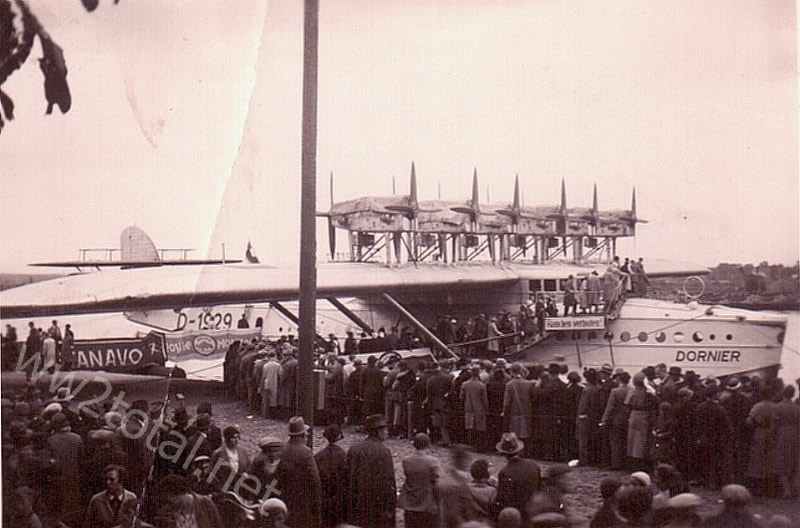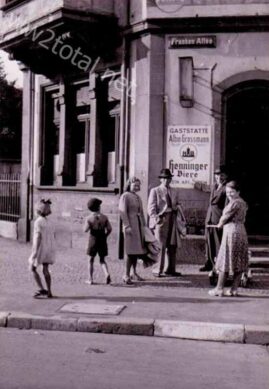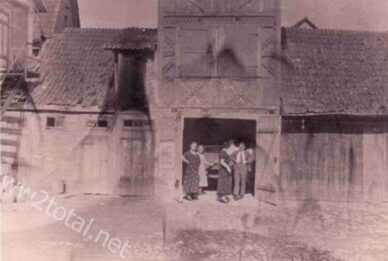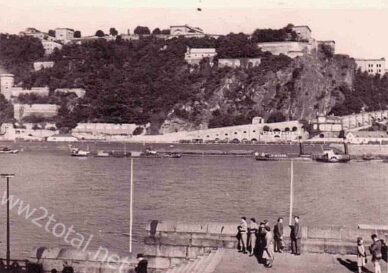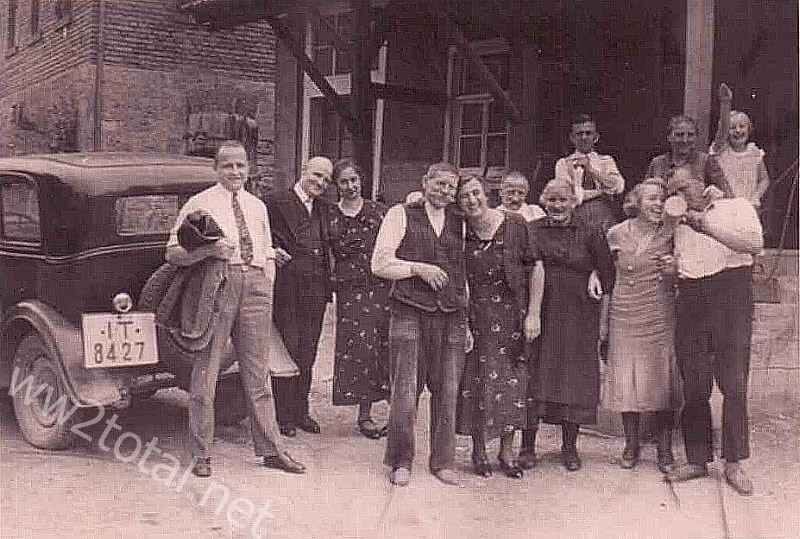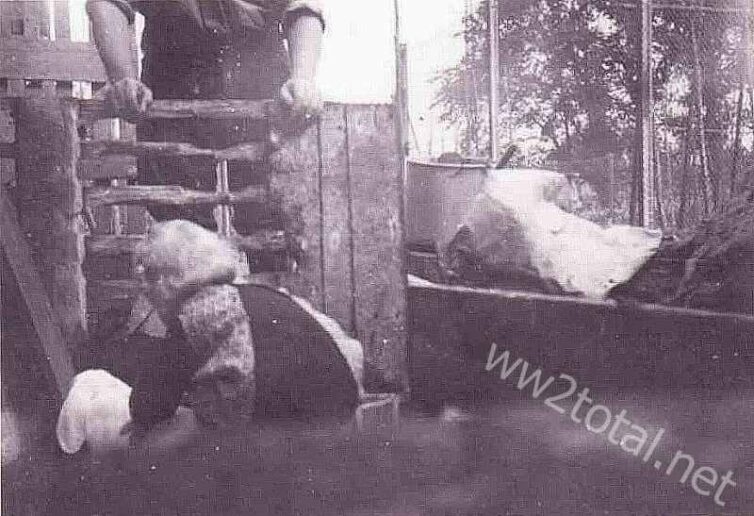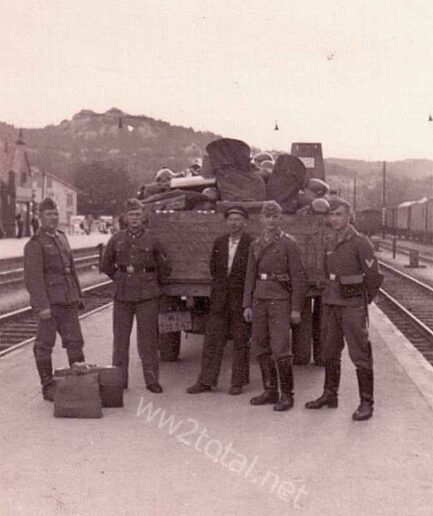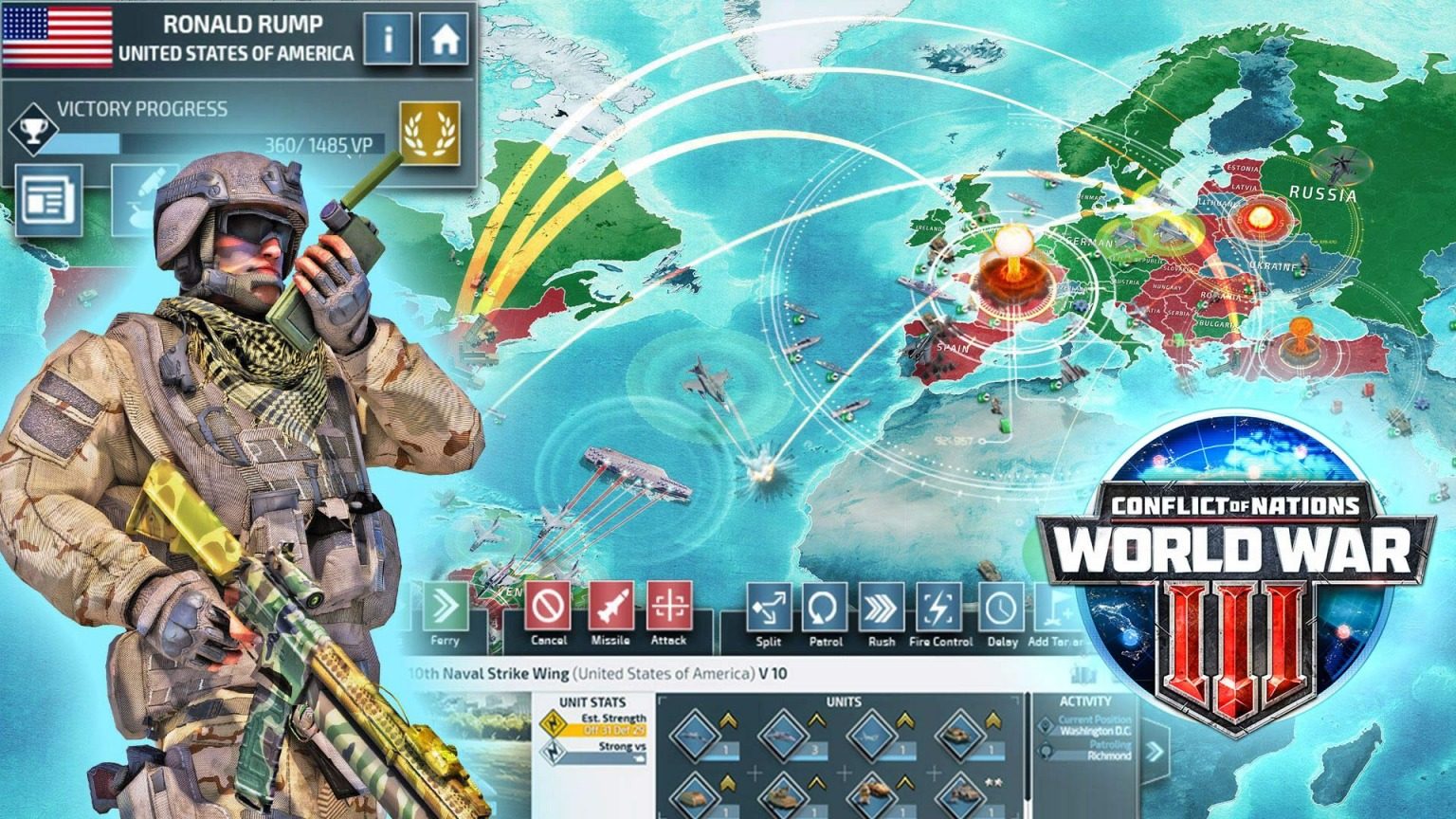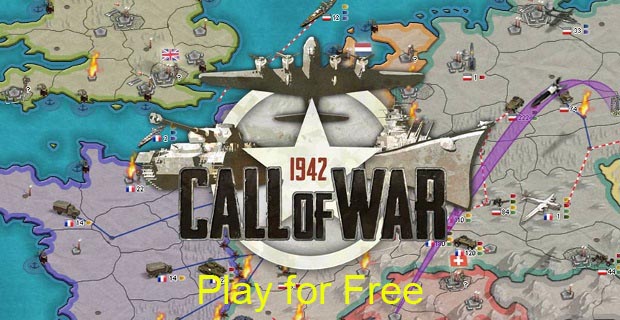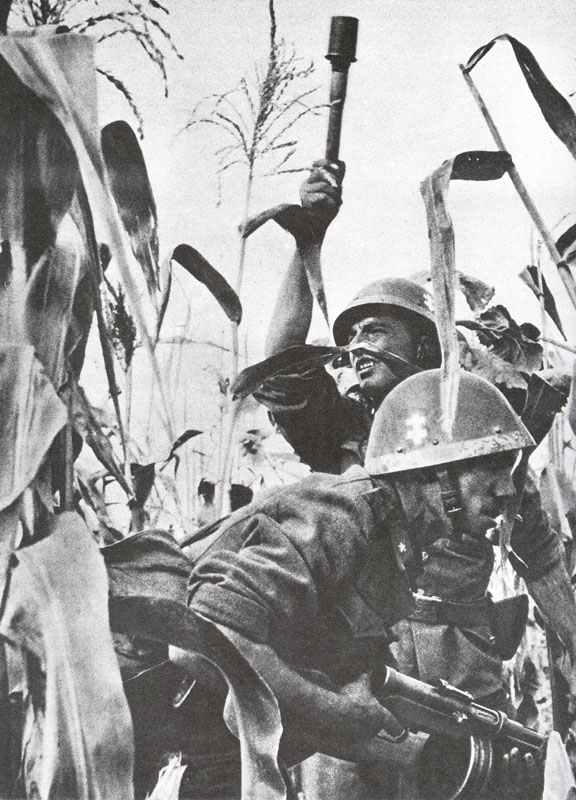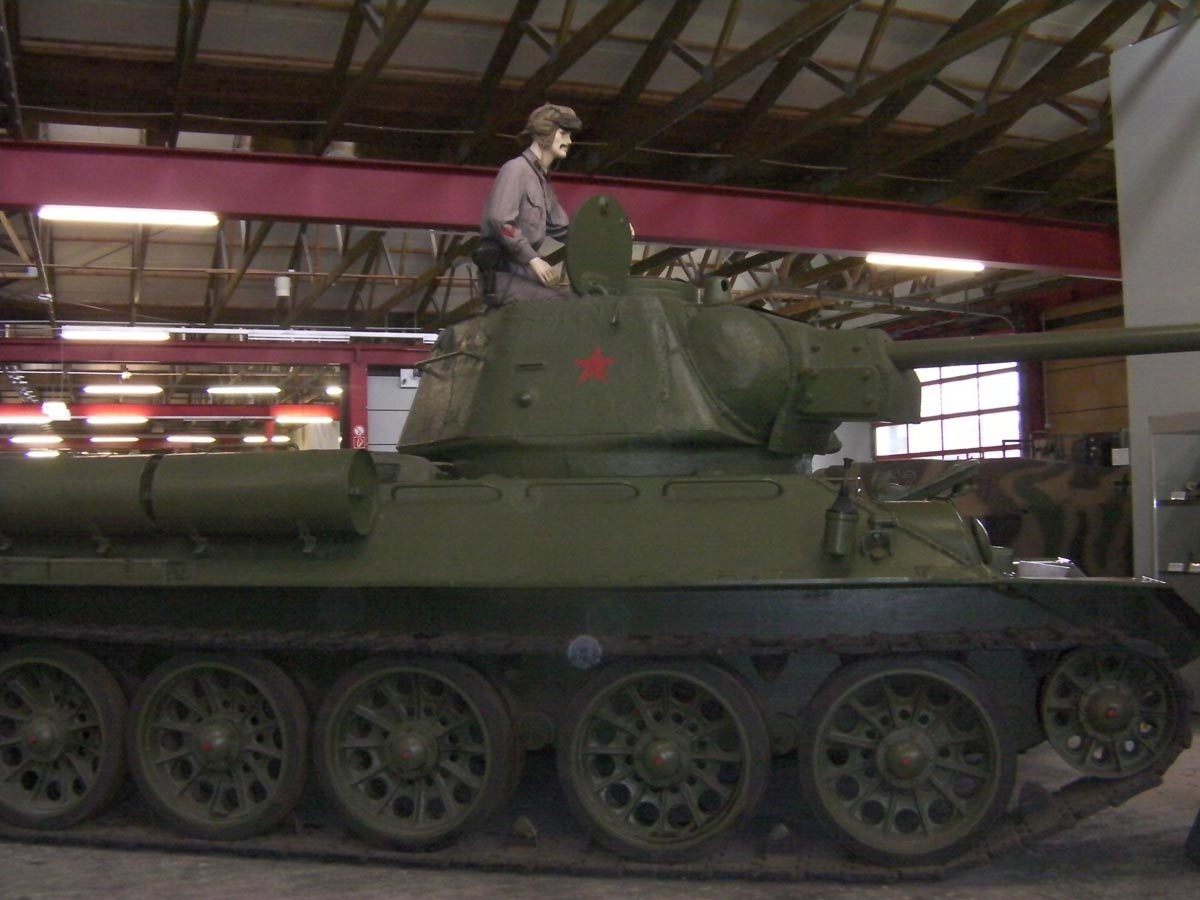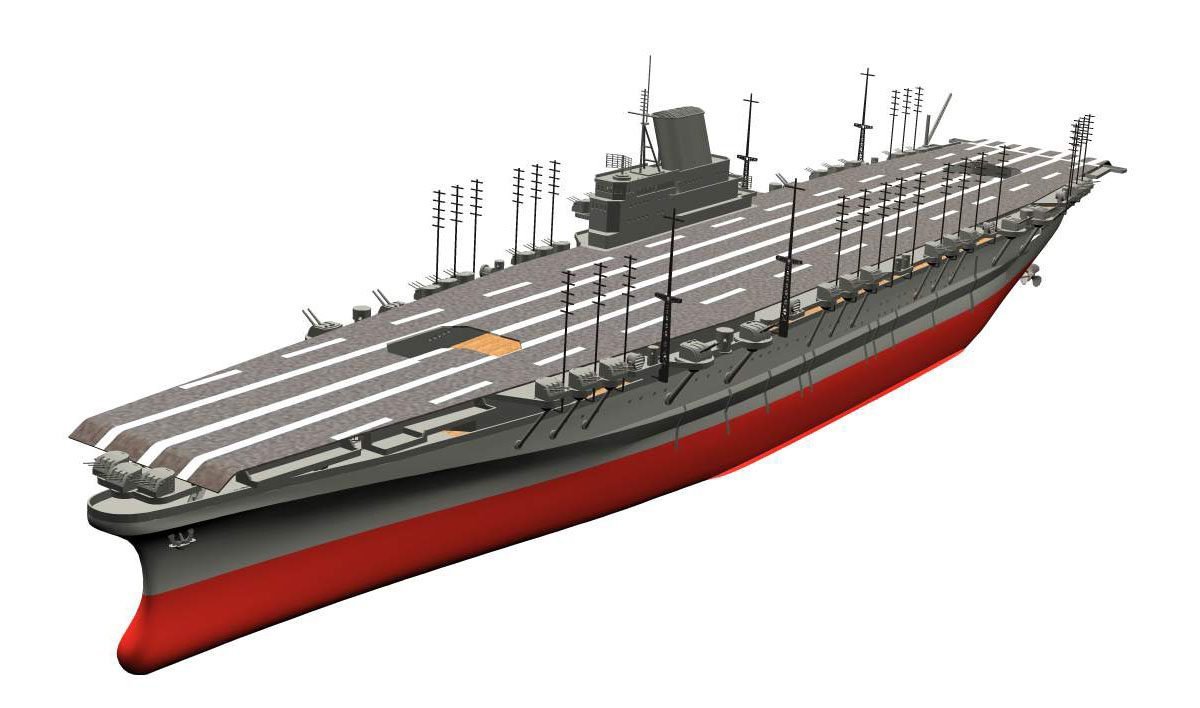Pre-War Pictures from Germany.
Here are some pictures taken by a soldier of the Wehrmacht in Germany before WW2.
Please click on the pictures to enlarge.
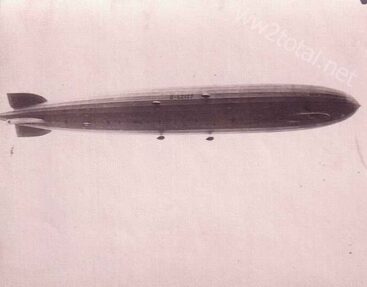

Nazi Germany Before the Second World War 1933-1939
Table of Contents
Political and Social Dynamics
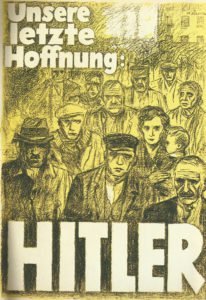
Extremists and populists, just as Hitler was one, can only come to power on the breeding ground of economic hardships and crises.
Adolf Hitler’s rise to power marked a significant turning point in German history. In 1933, he became chancellor, leading the National Socialist German Workers Party. This party, commonly known as the Nazi Party, swiftly transformed Germany into a totalitarian state. Nazi Germany’s early years were characterized by aggressive racial policies and territorial ambitions that laid the groundwork for World War II.
During 1933 to 1939, the Nazi regime systematically dismantled democratic institutions to consolidate its control. Policies targeted Jews and other groups, reclassifying them as outsiders in their own country. Germany’s military aspirations were evident in their disregard for the Treaty of Versailles, exemplified by rearmament and territorial expansion.
The combination of radical domestic policies and territorial expansion set the stage for conflict on a global scale. The Third Reich, as it was called, aimed to create an empire in Europe, which directly led to the outbreak of World War II in 1939. This era showcases the dangerous effects of unchecked power and the devastating impact of extremist ideologies.
Rise of the Nazi Party
The Nazi Party emerged as a powerful force in Germany, beginning as a small political group and eventually leading to the drastic changes that marked pre-World War II Germany. This era saw Adolf Hitler‘s climb to power, the expansion of Nazi influence, and the widespread use of propaganda to shape public opinion.
Formation and Early Years
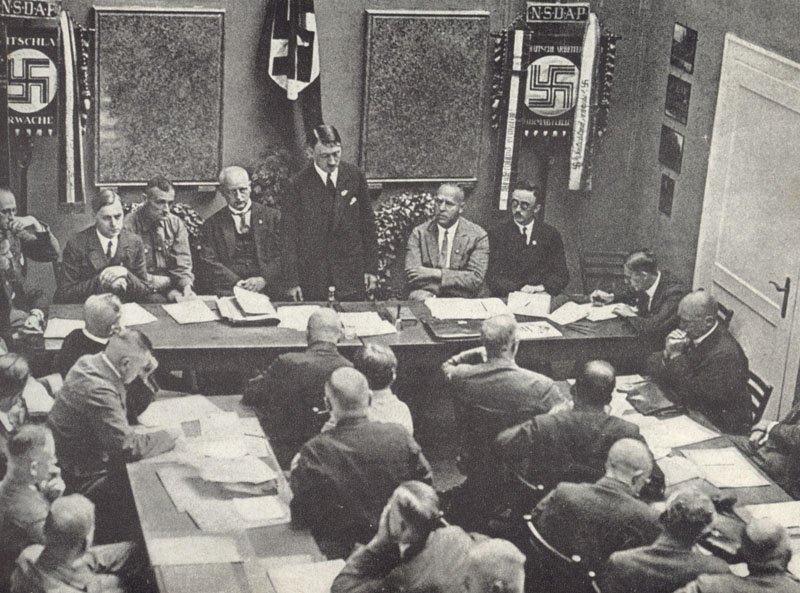
The Nazi Party, originally named the National Socialist German Workers’ Party (NSDAP), was founded in 1920. It arose from the fragmented political landscape of post-World War I Germany.
Initially, the party’s goals were to attract disenchanted individuals and create a nationalist ideology that opposed communism. Mein Kampf, written by Hitler during his imprisonment after a failed coup attempt, laid out the party’s ideology, emphasizing Lebensraum, anti-Semitism, and extreme nationalism.
Their early meetings were held in beer halls, where speeches and rallies attracted attention. Despite low initial support, the party’s aggressive rhetoric against the Treaty of Versailles and the Weimar Republic slowly gained traction among those disheartened by economic turmoil.
Hitler’s Ascension to Chancellor
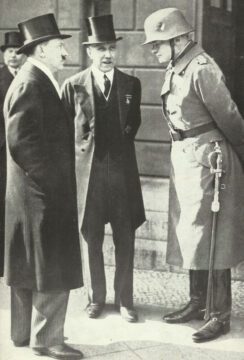
Adolf Hitler’s rise to the position of Chancellor in January 1933 marked a turning point. The Great Depression had devastated the German economy, causing mass unemployment and suffering, which the Nazis exploited by promising economic recovery and national rejuvenation.
With political maneuvering, key figures like President Paul von Hindenburg appointed Hitler as Chancellor, believing they could control him. Behind the scenes, the Nazi Party built alliances with conservative politicians and business leaders.
Hitler’s oratory skills, coupled with the people’s desperation for change, fueled his popularity. His appointment paved the way for the Nazi Party to start implementing their agenda, transforming the political landscape drastically.
Consolidation of Power
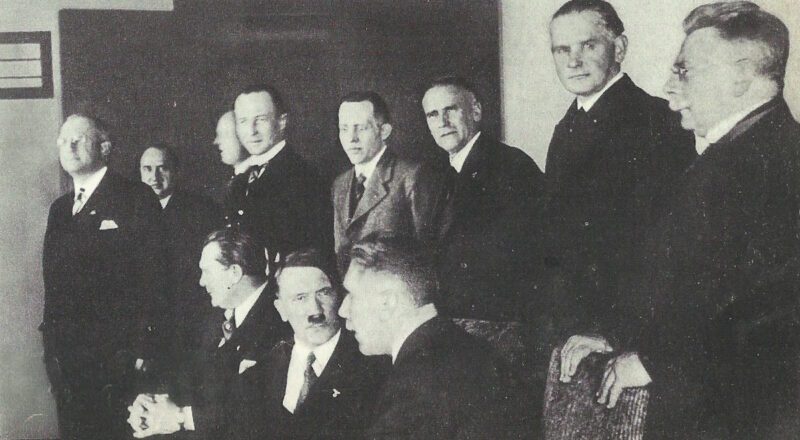
After becoming Chancellor, Hitler moved swiftly to consolidate power, eliminating political opposition. The Reichstag Fire in February 1933 allowed him to push through the Enabling Act, granting him the authority to enact laws without parliamentary consent.
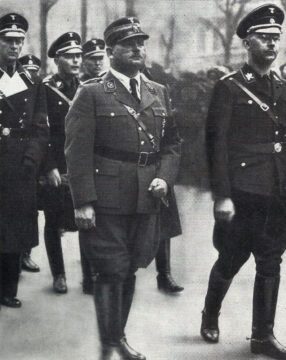
The act effectively dismantled democratic institutions, permitting Hitler to dissolve political parties and outlaw dissent. The night of the long knives in 1934 further solidified his dominance, purging party ranks of potential threats.
Hitler then assumed the title of Führer, combining the positions of Chancellor and President following Hindenburg’s death. This consolidation of power ensured that the Nazi Party had complete control over Germany.
Ideology and Propaganda
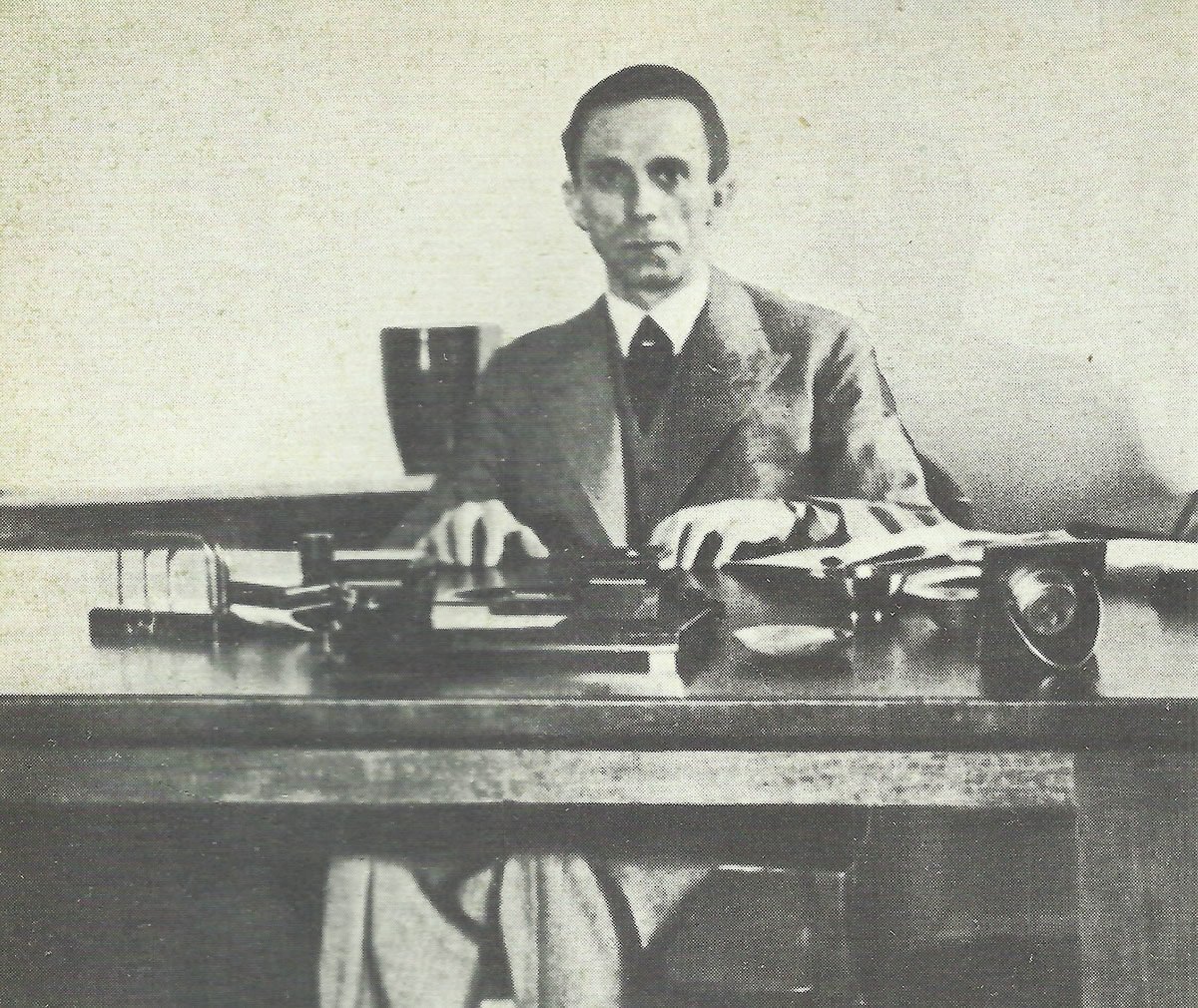
Nazi propaganda played a crucial role in spreading their ideology and maintaining control. The regime, led by Joseph Goebbels, harnessed mass media, including films, radio, and print, to promote their message.
Propaganda emphasized themes such as Aryan superiority, anti-Semitism, and the glorification of Hitler. Graphic imagery and effective slogans furthered these ideas, permeating every aspect of life.
The Nazi Youth organizations indoctrinated children with their beliefs, while massive rallies showcased the supposed strength and unity of the party. Through this manipulation of public perception, the Nazis cultivated a society that largely supported their ideals, paving the way for the catastrophic events that followed.
Nazi Policies and Governance
During the years leading up to World War II, Nazi Germany implemented a range of policies that shaped the nation profoundly. These policies affected the economy and society, emphasized nationalism and territorial expansion, heightened persecution and discrimination against minorities, and established a state of constant surveillance.
Economic and Social Policies
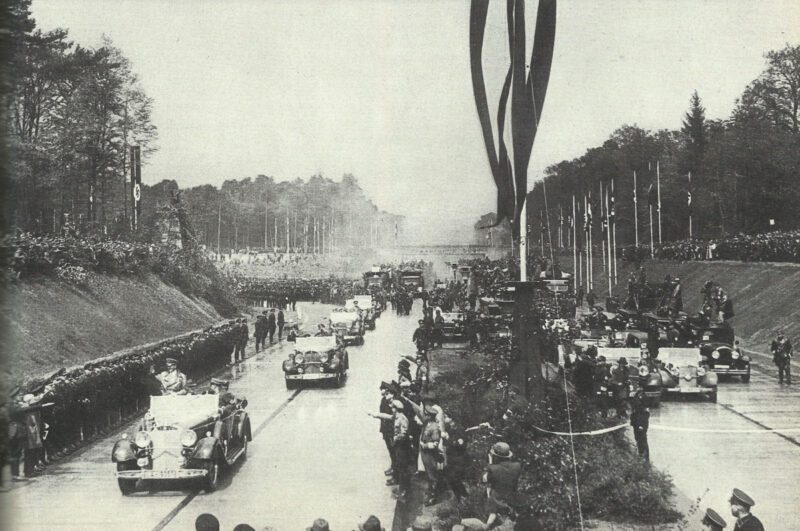
The Nazi regime introduced economic plans aimed at reducing unemployment and revitalizing German industry. The Reinhardt Program initiated public works projects like the Autobahn to create jobs. Rearmament became a significant aspect of economic strategy, promoting industrial output and military strength.
Socially, Volksgemeinschaft, the concept of a “people’s community,” sought to unify Germans by promoting Nazi ideals. Youth programs like the Hitler Youth indoctrinated young Germans early on. Society was encouraged to adopt traditional roles, with women expected to focus on homemaking and motherhood, emphasizing the importance of raising “racially pure” offspring.
Nationalism and Expansionism
Nationalism played a central role in Nazi policy, with a primary goal of expanding territories. Hitler pursued Lebensraum (“living space”) to acquire lands for the German people, targeting Eastern Europe. This expansionist policy laid the groundwork for conflicts that would lead to World War II.
The occupation of Austria and the Sudetenland exemplified early moves towards territorial annexation. The regime used propaganda to fuel nationalist fervor, portraying expansions as rightful reclamations of German lands. This aggressive foreign policy disregarded international treaties and heightened tensions across Europe.
Persecution and Discrimination
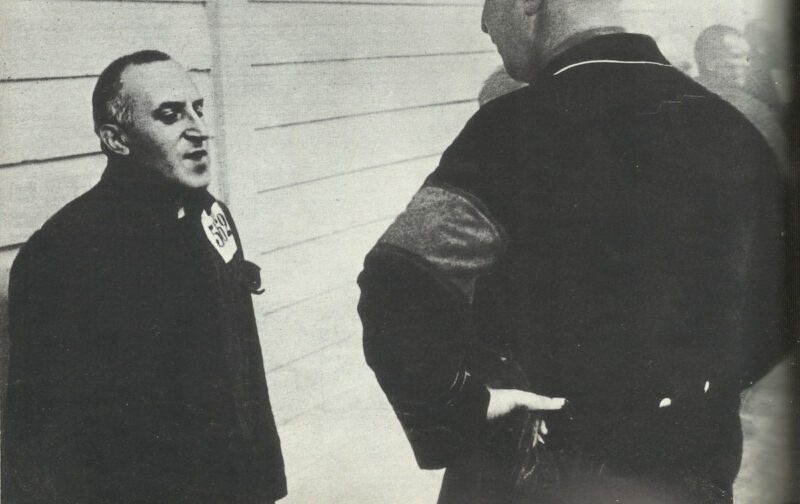
Under Nazi rule, persecution and discrimination against minorities, particularly Jews, intensified. The Nuremberg Laws of 1935 stripped German Jews of citizenship and barred them from many professions. Systematic discrimination isolated Jews and labeled them as “Enemies of the State.”
Other groups, including Romani people, disabled individuals, and political opponents, also faced severe persecution. Propaganda and legislation promoted antisemitism and racism, ingraining these ideas into society. Nazi policies aimed to create a homogeneous Aryan society by marginalizing and eliminating those they deemed undesirable.
The Gestapo and Surveillance
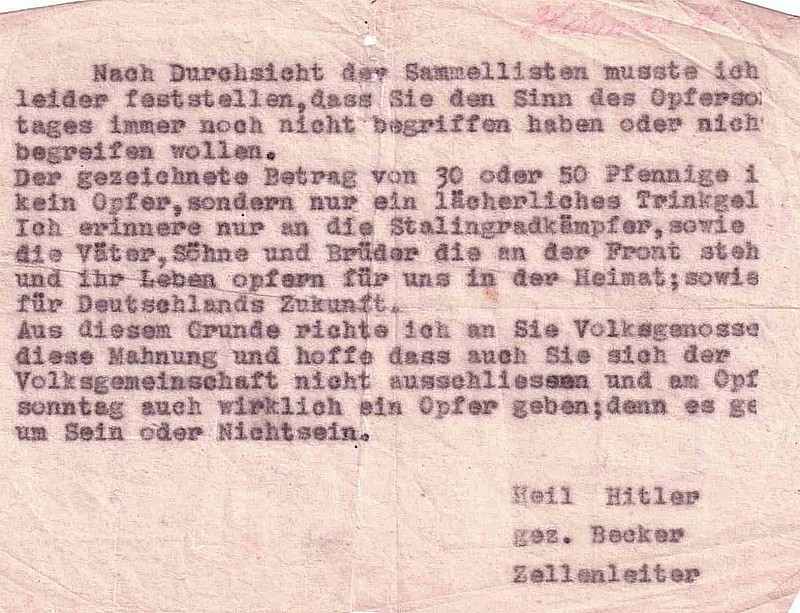
The Nazi dictatorship relied heavily on surveillance and control mechanisms to maintain power. The Gestapo, or secret state police, played a critical role in policing and enforcing Nazi policies. This organization used undercover operations, informants, and brutal tactics to suppress dissent.
Surveillance extended to all aspects of German life, targeting anyone suspected of opposing the regime. Civil liberties were virtually non-existent, as the state monitored communications and activities closely. The presence of the Gestapo instilled fear throughout society, ensuring compliance with Nazi ideologies.
Pre-World War Military Aggression
Nazi Germany’s aggressive stance before World War II was marked by strategic rearmament and territorial expansions. Key events included defying the Treaty of Versailles through military buildup, annexing Austria, and forcing territorial concessions from Czechoslovakia.
Rearmament and Militarization
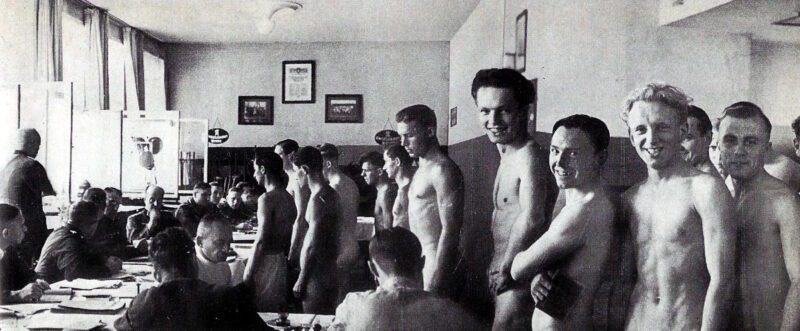
Germany began secretly rebuilding its military even before the Nazis took power. Once in control, Hitler openly violated the Treaty of Versailles by expanding the armed forces. In 1935, military conscription was reintroduced.
These actions allowed the German military to grow in strength and numbers. The rearmament included the production of new weapons and increased military spending. This rapid buildup alarmed neighboring countries, particularly Britain and France.
The German Armed Forces, or Wehrmacht, were central to Hitler’s plans for expansion. Military parades and propaganda celebrated this newfound might, implying Germany was reclaiming its status as a major military power.
Anschluss and Czechoslovakia
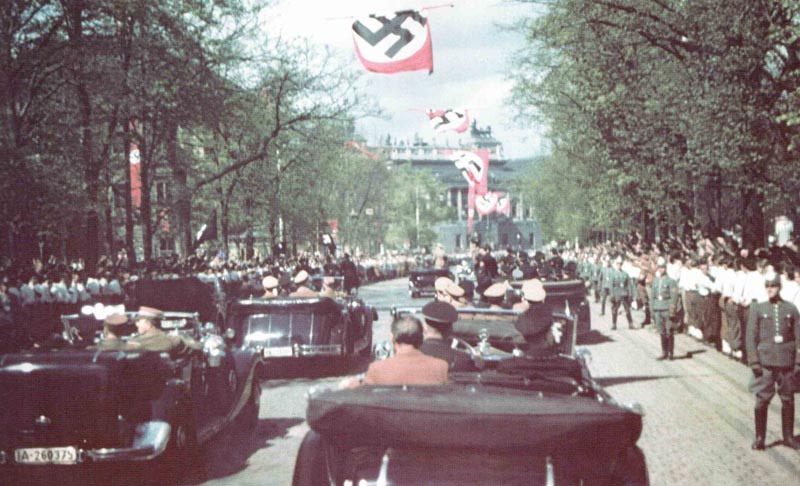
In 1938, Germany annexed Austria in what was known as the Anschluss. Nazi supporters in Austria facilitated this move through political pressure and propaganda. The annexation was achieved without significant resistance and violated Austria’s sovereignty.
The integration of Austria into Germany expanded German territory and resources. Following the Anschluss, attention turned to Czechoslovakia, particularly the region of Sudetenland, which had a significant ethnic German population.
Czechoslovakia faced pressure to cede Sudetenland to Germany. Hitler used the presence of ethnic Germans as a pretext for demanding annexation. The Czechoslovak government, under threat of military aggression, sought support from allies.
Munich Agreement and the Sudetenland
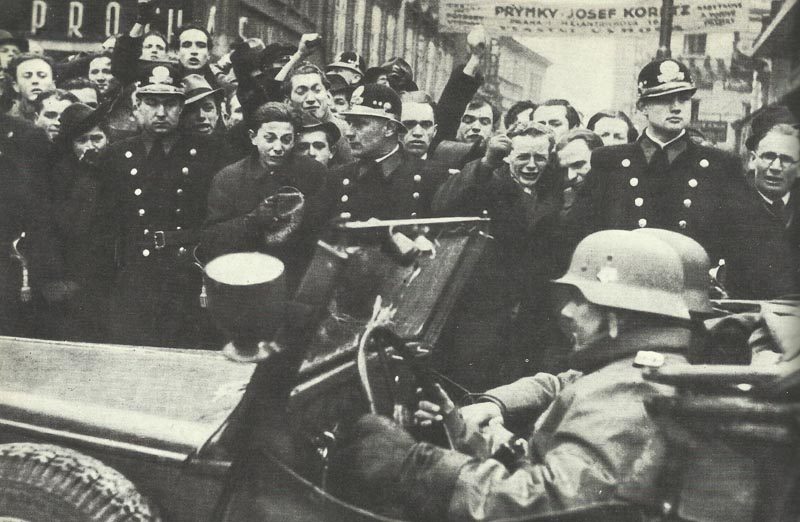
The Munich Agreement, signed in September 1938, granted Germany permission to annex the Sudetenland. Britain and France, eager to avoid another war, conceded to Hitler’s demands without Czechoslovakia’s consent.
This agreement marked a high point in appeasement policies. Many thought it would secure peace, but it only encouraged further German aggression. The loss of the Sudetenland weakened Czechoslovakia both militarily and politically.
By March 1939, Germany occupied the remainder of Czechoslovakia, establishing a protectorate over Bohemia and Moravia. Slovakia became a separate pro-Nazi state, further expanding German influence in Eastern Europe.
Jewish Life and the Holocaust Emergence
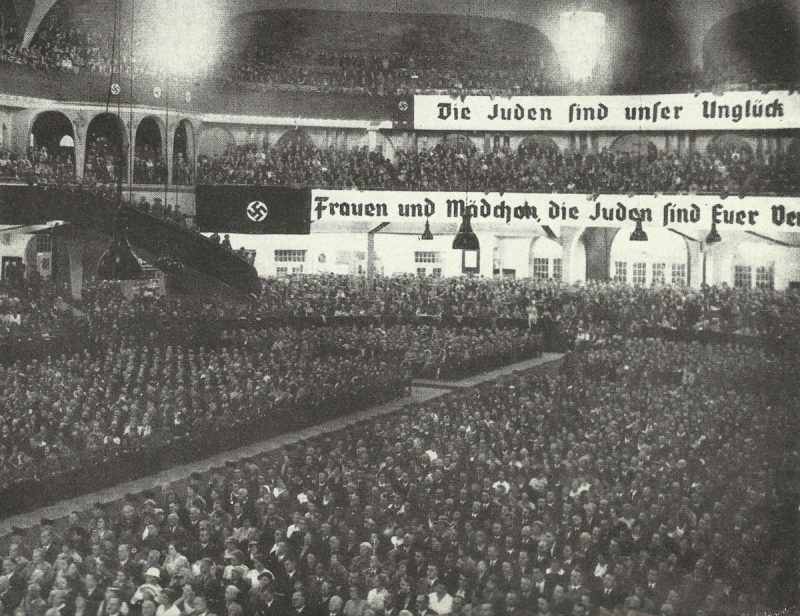
Between 1933 and 1939, Jewish communities in Germany faced increasing persecution under the Nazi regime. Significant events, such as Kristallnacht and the establishment of concentration camps, marked the beginning of the Holocaust’s emergence.
Early Stages of Jewish Persecution
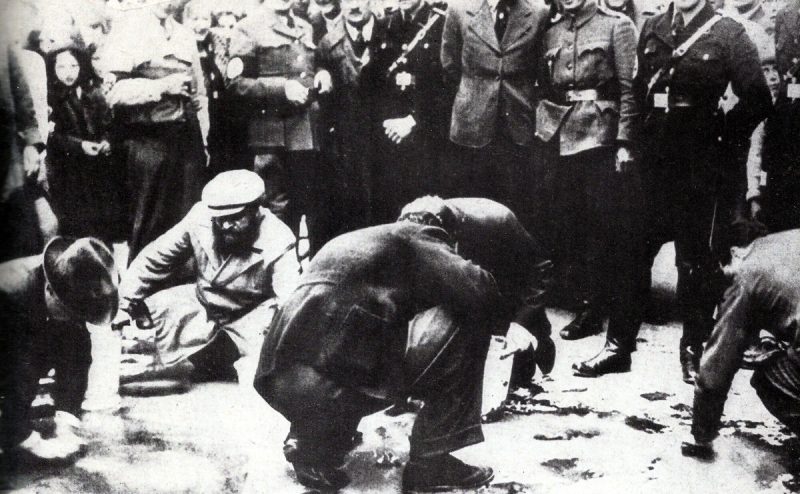
Jewish persecution began as the Nazis rose to power in 1933. Jews faced social exclusion and economic restrictions designed to isolate them. The Nuremberg Laws of 1935 stripped Jews of citizenship, forbidding marriages between Jews and non-Jews. Jewish-owned businesses were boycotted, and Jews were barred from public professions and schools. This period marked a rapid erosion of Jewish rights, leaving many without means of livelihood or protection.
Kristallnacht and Escalation

In November 1938, Kristallnacht, or the “Night of Broken Glass,” marked a violent escalation of antisemitic attacks. Jewish homes, synagogues, and businesses were destroyed across Germany and Austria. Over 30,000 Jewish men were arrested and sent to concentration camps. This event shocked the international community and signaled that the Nazis intended to intensify their brutal policies against Jews. The violence and resulting fear led many Jews to attempt to flee the country.
Establishment of Concentration Camps
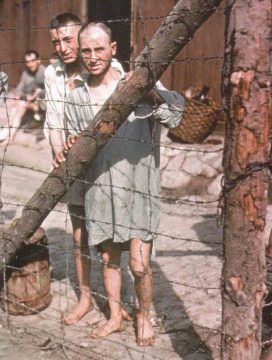
Concentration camps were established primarily for political prisoners initially, but later expanded to include Jews and other groups. Dachau, opened in 1933, became a model for future camps. Other noted camps included Sachsenhausen and Buchenwald. Life in these camps was brutal, with forced labor, inhumane conditions, and systematic dehumanization. These camps laid the groundwork for the more extensive network later used during the Holocaust, where millions of Jews would perish under Nazi genocide policies.
Key Figures and Infrastructures
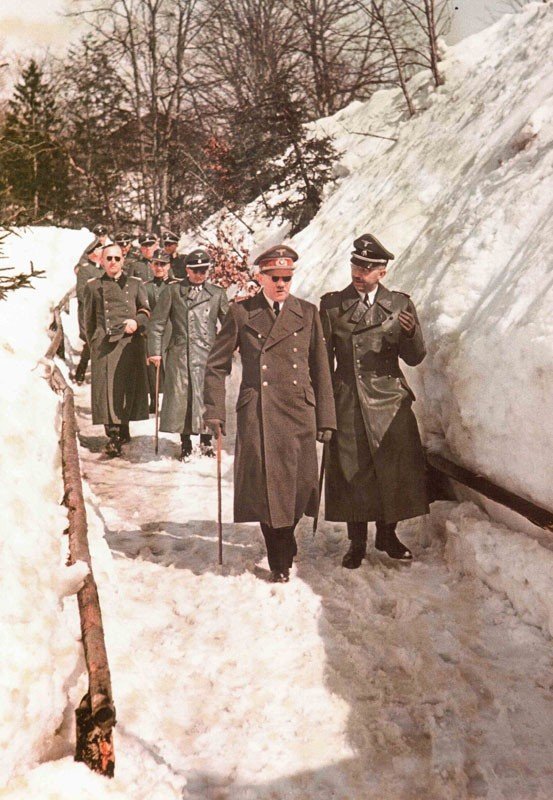
Nazi Germany’s rise involved influential figures and a network of infrastructures that played critical roles from 1933 to 1939. Central figures such as Adolf Hitler and Heinrich Himmler shaped policies and institutions, while Theodor Eicke contributed significantly to the concentration camp system. Their actions not only consolidated power but also strategically implemented broader goals of the regime.
Adolf Hitler’s Leadership
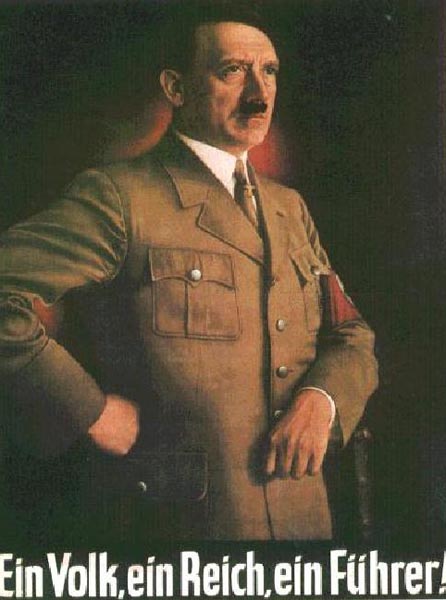
Adolf Hitler, as the leader of Nazi Germany, established an authoritarian regime with total control over political and social life. His powerful oratory skills and propaganda facilitated the spread of Nazi ideology, creating a unified but oppressive national identity. Hitler’s leadership focused on expanding German territory and implementing radical, racially motivated policies.
Under his direction, the state used propaganda and the Gestapo to suppress any opposition. His vision for an Aryan empire laid the groundwork for future conflicts, influencing decisions that led to World War II. Hitler’s authority was not just political but also cultural, deeply influencing German society.
Heinrich Himmler and the SS
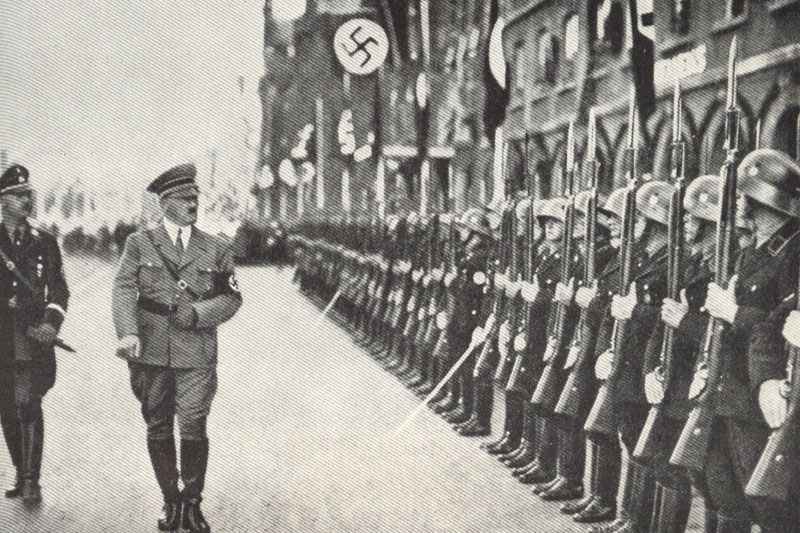
Heinrich Himmler was one of Hitler’s closest and most powerful associates, leading the SS, which became a key enforcer of Nazi policies. The SS (Schutzstaffel) began as Hitler’s personal bodyguard unit but expanded under Himmler’s command. It became involved in nearly every aspect of the regime’s security, from intelligence to enforcing racial policies.
Himmler’s SS was instrumental in organizing and executing the Nazi’s anti-Semitic strategies and maintaining order through fear. As head of the network of concentration camps, Himmler played an integral role in the mass murder of Jews and other minority groups, marking the SS as a central figure in the Holocaust.
Theodor Eicke and Camp System
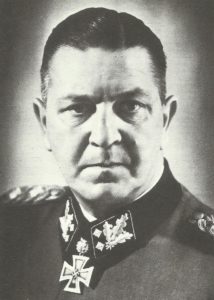
Theodor Eicke was a crucial architect of the concentration camp system, beginning with his command of the Dachau camp, which set a standard for future camps. His brutal methods and strict organizational skills shaped the framework used throughout the camp system, which became a tool for political repression and mass murder.
Eicke’s influence expanded as the inspector of concentration camps, where he trained SS personnel in effective management and ruthless discipline. The camp infrastructures under his guidance were instrumental in the regime’s systematic extermination policies, most infamously exemplified in camps like Auschwitz. This established a legacy of terror that persisted throughout the Nazi regime.
International Relations and Appeasement
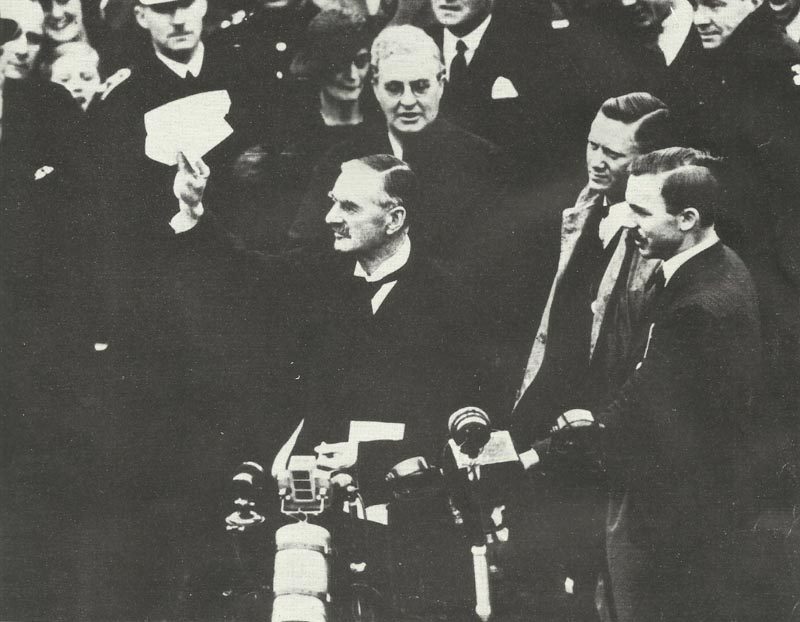
In the years leading up to the Second World War, international relations were heavily influenced by the policy of appeasement. Key players like Britain and France attempted to avoid conflict with Nazi Germany through diplomatic negotiations, which included territorial and political concessions. This section explores the diplomatic dynamics, the Munich Conference’s role, and broader impacts on global politics.
European Diplomacy Pre-War
In the 1930s, European diplomacy was marked by efforts to maintain peace after the devastation of World War I. The Versailles Peace Treaty had left Germany economically strained and politically volatile. Under Chancellor Adolf Hitler, Germany began to rearm and expand territorially.
Britain and France, haunted by the horrors of the previous war, aimed to avoid another conflict. They believed that satisfying Germany’s demands might secure long-lasting peace. This belief led to legalizing Germany’s reoccupation of the Rhineland and the annexation of Austria. Diplomatic efforts during this period primarily focused on avoiding direct confrontation with aggressive regimes.
Munich Conference and Policy of Appeasement
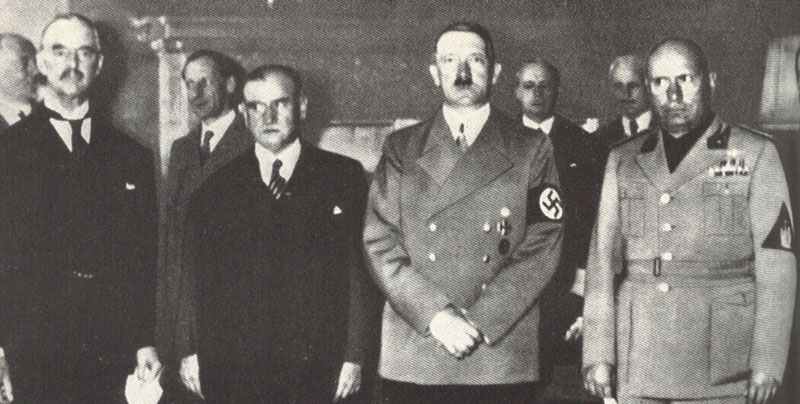
The Munich Conference of 1938 became a symbol of appeasement policy. Leaders from Britain and France met with Hitler in Munich to discuss Germany’s demand for the Sudetenland, a region of Czechoslovakia with a significant ethnic German population.
British Prime Minister Neville Chamberlain and other leaders agreed to Hitler’s terms, hoping this concession would satisfy his expansionist aims. While Chamberlain returned home claiming to have secured “peace for our time,” the agreement emboldened Hitler further. This emboldenment undermined Europe’s unity and illustrated the complex challenges of diplomacy with dictatorial governments.
Impact on Global Politics

The appeasement strategy had far-reaching effects on global politics. It not only failed to prevent war but also encouraged aggressive moves by other dictators like Italy’s Benito Mussolini. As Germany broke its promises and invaded Poland in 1939, it became evident that appeasement had allowed fascist powers to grow unchecked.
International relations during this period were characterized by short-term peace at the cost of long-term stability. The failure of appeasement damaged the credibility of European powers, shifting the geopolitical landscape and setting the stage for alliances like the Axis and Allied powers. This period highlighted the limitations and risks of negotiating with expansionist dictatorships.
Cultural and Social Aspects
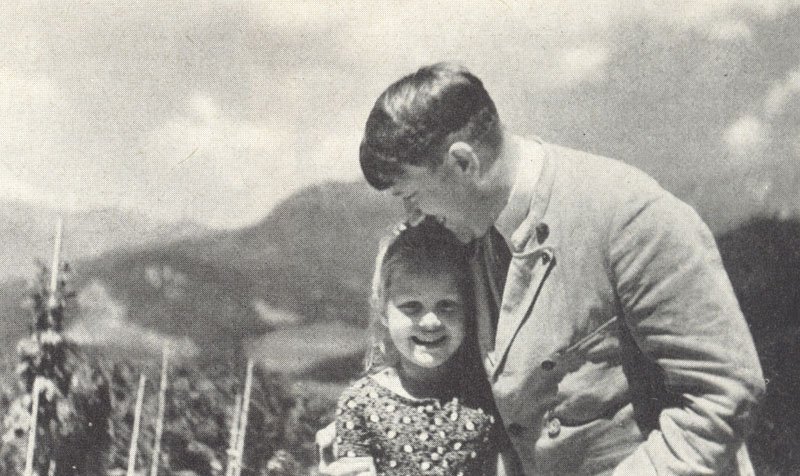
Nazi Germany before World War II heavily emphasized controlling culture and social norms. Propaganda, education, and family roles were key tools in promoting Nazi ideology across German society.
Propaganda in the Arts and Media
The Nazi regime used propaganda extensively to influence arts and media. Under Joseph Goebbels, the Ministry of Propaganda regulated films, music, literature, and newspapers. This control ensured that all cultural content aligned with Nazi values and ideals.
Films often glorified the regime and promoted anti-Semitic views. Popular media emphasized themes of heroism, nationalism, and racial purity. Artists who did not comply with these ideals faced censorship or persecution, stifling many modern and diverse artistic expressions.
Education and Indoctrination
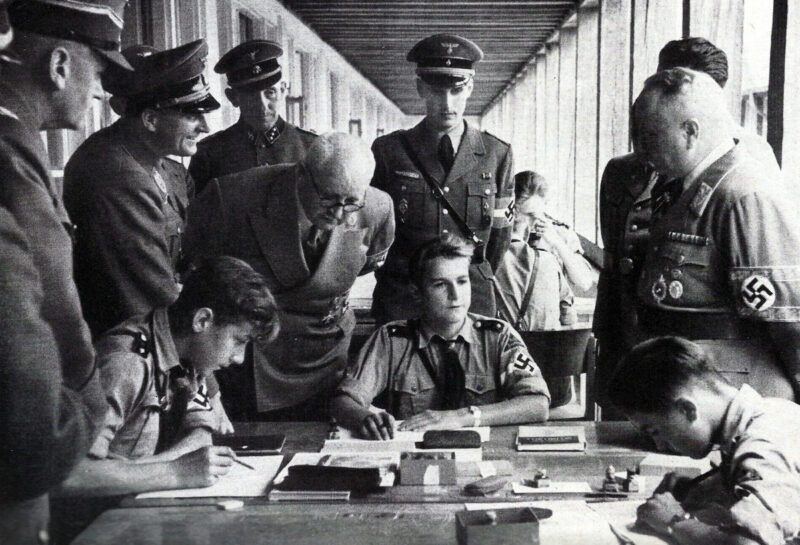
Education became a critical mechanism for indoctrinating young Germans with Nazi ideology. School curriculums were rewritten to reflect Nazi beliefs, emphasizing Aryan superiority and loyalty to the Führer. Subjects like history and biology were used to propagate racial theories and national pride.
Teachers were required to join the National Socialist Teachers League, ensuring they adhered to Nazi directives. Hitler Youth programs were pivotal in shaping the younger generation, instilling discipline and obedience from an early age. This shaped a future population that was thoroughly aligned with Nazi views.
Role of Women and Family
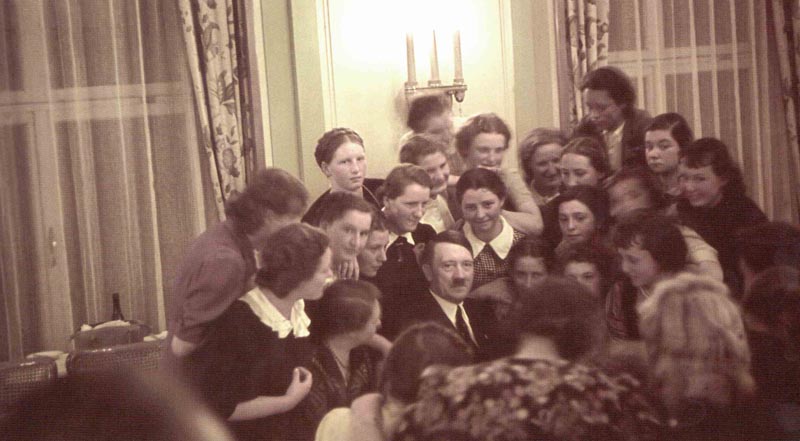
The Nazi regime held specific views on the role of women and family life. Women were encouraged to embrace motherhood and homemaking as their primary duties, supporting the growth of the Aryan population. The government offered incentives for families to have more children.
Women’s employment opportunities were limited, focusing on domestic roles over professional careers. Organizations like the German Women’s Enterprise promoted these ideals, influencing women to support the state through family life. Family policies highlighted traditional values, pushing for societal stability through controlled familial roles.
Frequently Asked Questions
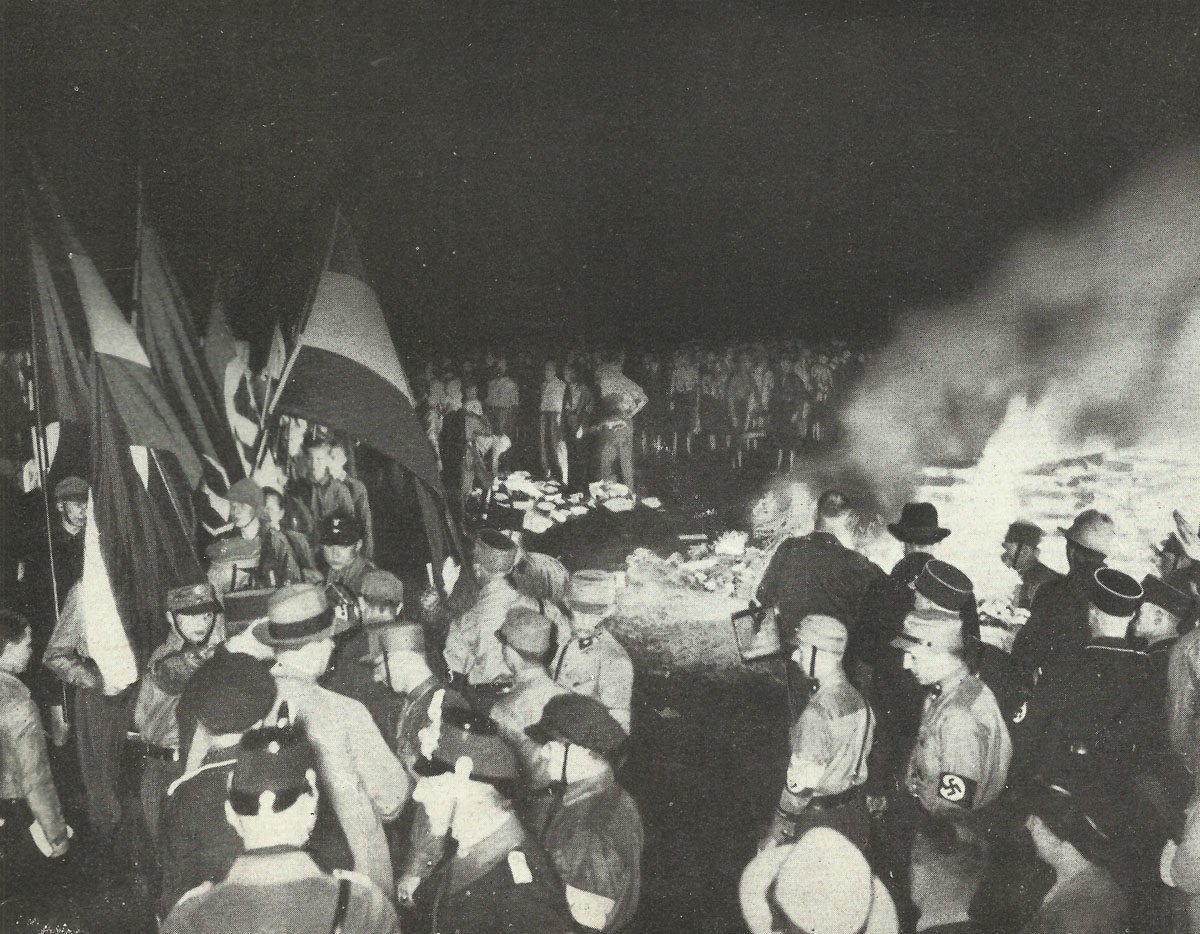
Nazi Germany’s rise to power came after a period of economic uncertainty and social change. This section answers common questions about the factors that supported their ascent and the subsequent shifts in German society from 1933 to 1939.
What were the key factors leading to the rise of the Nazi Party in Germany?
The Nazi Party rose to power due to various factors, including widespread dissatisfaction with the Treaty of Versailles and the economic turmoil of the Great Depression. The party’s promises of economic recovery and German nationalism resonated with many citizens, helping Adolf Hitler gain significant support.
How did the economic conditions of the Weimar Republic contribute to the Nazi Party’s popularity?
The Weimar Republic faced severe economic problems, such as hyperinflation and high unemployment, especially after the Great Depression struck in 1929. These difficulties caused many Germans to lose faith in the current government, making Nazi promises of economic stability and revival appealing.
In what ways did Nazi policies change German society and government from 1933 to 1939?
From 1933 to 1939, Nazi policies transformed Germany through strict control over all aspects of life, including media, education, and the arts. The establishment of a police state and the enforcement of racial laws marginalized certain groups, particularly Jews, turning them into societal outcasts.
What was the international community’s response to the political changes in Germany preceding World War II?
The international community’s response was initially one of cautious engagement. Some countries, hoping to avoid another conflict, practiced appeasement. However, the growing aggression of the Nazi regime eventually led to increased tension and ultimately contributed to the outbreak of World War II.
How did the Nazi regime consolidate power and eliminate opposition within Germany?
The regime consolidated power by banning political parties, controlling the press, and using propaganda to sway public opinion. Organizations like the Gestapo and the SS were used to suppress dissent, ensuring that opposition voices were systematically silenced and eliminated.
What were the major events of the Night of the Long Knives, and what were its consequences?
The Night of the Long Knives took place in June 1934 when Hitler ordered a purge of the SA leadership and other political adversaries. This move eliminated rivals and strengthened his control over the military, solidifying his dictatorial power and marking a turning point in Nazi consolidation efforts.
References and literature
Illustrierte Geschichte des Dritte Reiches (Kurt Zentner)
Unser Jahrhundert im Bild (Bertelsmann Lesering)


